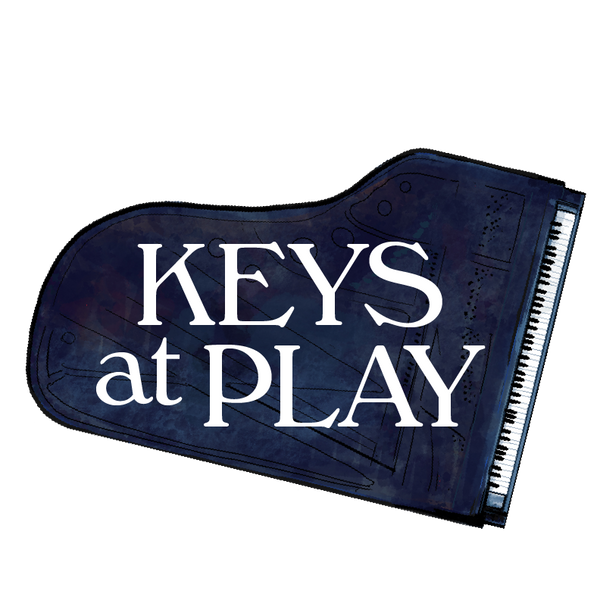Tonalities & Meters in Keys at Play, Book 1
Joy Morin
Did you know: The pieces inside Keys at Play, Book 1 were intentionally composed in a diversity of tonalities well beyond major and minor. In addition, the pieces deliberately create an equal opportunity for the student to master duple meter and triple meter. Why is this important? And what difference does it make in the student’s learning outcomes and quality of experience? Let’s take a look!
According to Dr. Edwin E. Gordon, the father of Music Learning Theory (MLT), we tend to best learn through differences, not sameness. As Eric Bluestein queries in his book, The Ways Children Learn Music (here’s an affiliate link): What would happen if all the world were purple? Would there then exist such a concept as “purple?” How can we have “purple” if there is no such thing as “not purple?”
Similarly, if the music we are exposed to is largely of the same tonality and same meter, it becomes difficult to understand those features to much depth — much less to conceptualize other tonalities or meters. And yet, the reality is that the pieces within the primer level of today’s typical mainstream piano method book are comprised of over 85% major tonality, plus a small representation of harmonic minor, aeolian, and perhaps mixolydian.
When students are exposed to pieces largely in the same tonality and meter, they lose out. Ideally, we want to hook students by showing them how exciting and wonderful music can be. We can capture their engagement by providing them with appealing, high-quality music to play. We can motivate and educate them by exposing their ears to a rich variety of sounds. Gordon called this process acculturation, and he thought it ought to continue throughout a music learner’s life. By providing rich acculturation, we provide a crucial aural foundation enabling them to later learn exactly what major tonality is compared to other tonalities.
If the pieces we provide students tend to sound fairly similar to each other, we not only risk boring them but we also miss out on a pedagogical opportunity for them to learn through contrasts. After all, how can we truly understand what major is unless we’ve also been exposed to enough examples of “not major?” We learn through differences, not sameness. Without contrasts, it becomes difficult for students to understand various tonalities and meters to any meaningful depth.
The pie chart graphic below shows the breakdown of tonalities represented in Keys at Play, Book 1. Not only is major and minor well represented, but also aeolian, mixolydian, dorian, phrygian, and lydian.

What about meter?
Well, the fact is that the first level of the typical mainstream piano method is comprised almost entirely (around 90%) of pieces in duple meter. Perhaps this helps explains why piano teachers commonly complain of students struggling with triple meter! We’ve probably all encountered students who add an extra beat before each barline when in 3/4 time. If students’ ears have been exposed to mostly duple meter and they’ve been given few opportunities to play pieces in triple meter, it’s no wonder they struggle to play in triple meter.
In Keys at Play, Book 1, you’ll find that duple meter and triple meter are represented much more equally. In fact, triple meter is represented slightly more than duple meter, as shown in the pie chart graphic below. Providing this skew makes sense for pedagogical reasons, since there are more possibilities of rhythm permutations in triple meter versus duple meter. (To illustrate this, picture having two rhythm patterns, each four macrobeats in length: one in duple meter and one in triple meter. If each macrobeat is subdivided into microbeats, the macrobeats in triple meter hold the possibility for three microbeats while the macrobeats in duple meter hold only two. If we imagine the rhythm patterns possible within these conditions, we soon recognize there are more rhythm patterns to master in triple meter than duple meter.) Therefore, we’d ideally want to ensure we are providing students with enough opportunities to experience triple meter and its possible rhythm patterns. Skewing towards triple meter rather than duple meter makes more sense than the opposite, if we want our students to master both meters.

By providing our students with a rich variety of tonalities and meters, we not only give our students opportunity to experience how wonderful music can be, but we also create pedagogical opportunities for deep learning and understanding. As the saying goes, variety is the spice of life!
Check out Keys at Play, Book 1 in the shop here.
